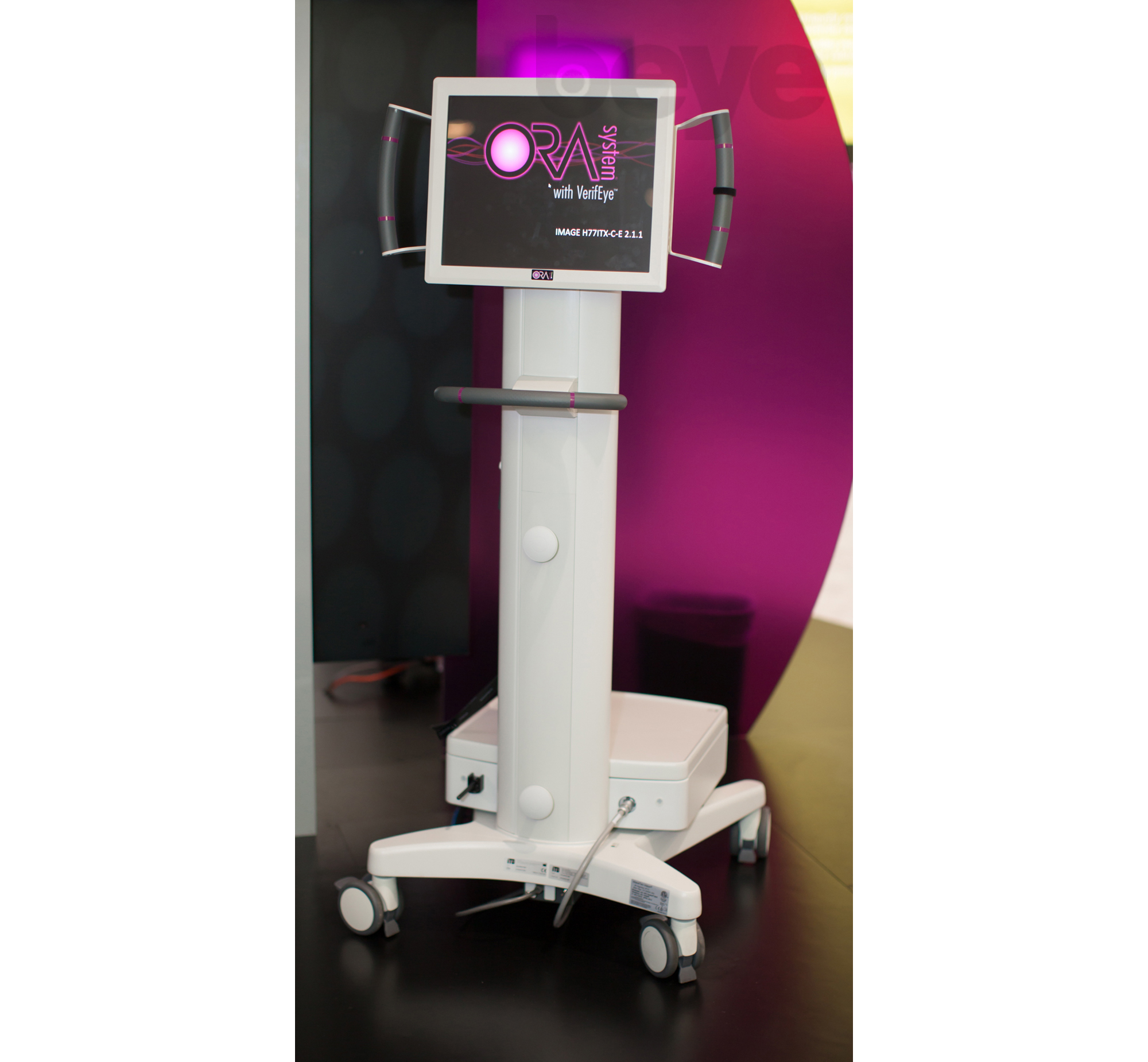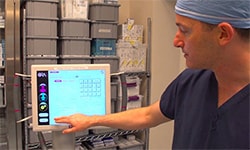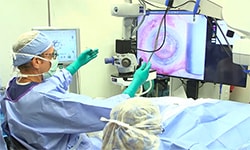Editorially Independent Content
The ORA System (Alcon) with VerifEye+ Technology (the physical “body” of the ORA System) is a real-time, intraoperative refractometer that attaches to the microscope and utilizes wavefront aberrometry to measure the refractive power of the eye, the magnitude and axis of astigmatism in the aphakic eye, and the power and spherical equivalent of the implant. I've used this technology since its inception when it was called ORange up to the current VerifEye+ version. WaveTec was recently acquired by Alcon, but the same engineers are still part of all this great technology.
ORA is a valuable tool in the operating room that helps refine astigmatism correction and select the IOL power, but if we as surgeons don’t use it properly it can complicate the decision process. You should also understand that the ORA System has a continuously evolving “brain” called the AnalyzOR technology. This feature incorporates a dynamic set of algorithms powered by the growing database of actual ORA cases to optimize outcomes, reporting, and system analytics.
Recipe for Success
I always advise new ORA users, and even like to remind my colleagues that have used it as long as I have, that you have to follow "the recipe.” What that means is using it the same way every time. You should only add things when you are more experienced.
The following tips comprise my recipe for success with ORA:
- Do not use sedation. The patient must fixate on the red light, so you need them to be lucid and cooperative.
- Keep the corneal surface pristine. You need to make sure the corneal surface is stays wet and that there are no dry areas.
- Watch the speculum. If the speculum presses on the eye it can cause distortion and inaccurate readings.
- Remove all OVD and BSS. You do not want agents to pool on the eye so you should remove viscoelastic and BSS from the cul-du-sac.
- Measure the IOP every time. A Barraquer tonometer comes with the system and you need to use it. Intraocular pressure must be at least 20 mmHg.
These things should be done every time to ensure you obtain accurate readings. By following these guidelines, ORA confirms at least 50% of my preoperative plans. In 40 % of cases I actually change the power of the implant.
Getting Started
Refining astigmatism with ORA does have a learning curve. I advise surgeons starting out to just select the spherical equivalent during the aphakic reading. Forget about the cylinder. Pick the lens power and monitor your results. Once you know that variable is solved, you can do your arcuate incisions or rotate the toric IOL.
It's not an exact science, but the formulas are incredible. They now have 600,000 eyes in their data bank, so they optimize calculations for your surgically induced astigmatism. Even as a brand new user, cumulative data from 600,000 eyes can help improve early outcomes.
I highly recommend that surgeons at least look into ORA. It has been invaluable to me, but it is not something that you can use tomorrow and expect your outcomes to be improved tomorrow. They will improve a little bit, but you need experience. Once you get the gestalt of the instrument, you can't forget the art of medicine. You still have to use your good judgment, but it is a really wonderful tool in the operating room and has improved my outcomes. I think it can be helpful for everyone. You just have to be patient and know that there is a learning curve, and remind yourself every time to go back to the original recipe that makes it work.





